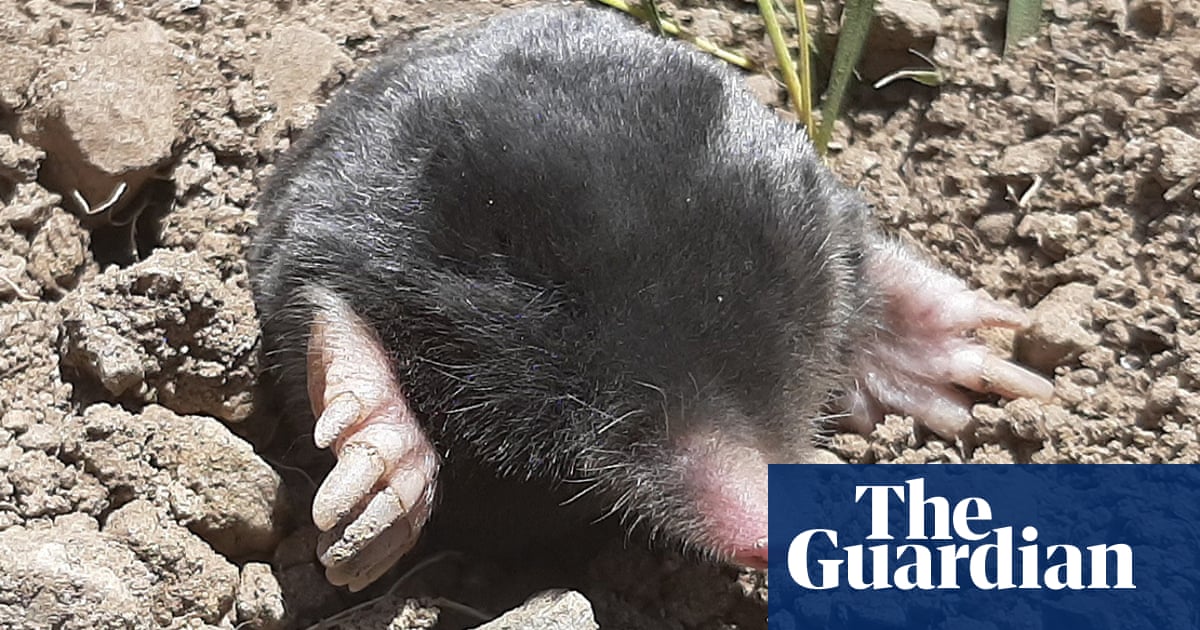Scientists unearth two new types of mole in eastern Turkey - 3 minutes read

Scientists have identified two types of mole that they believe have been living undiscovered in Turkey.
DNA technology confirmed the creatures were biologically distinct from other moles. Both inhabit mountainous regions in eastern Turkey and can survive in temperatures of up to 50C (122F) in summer and under 2 metres (about 6ft) of snow in winter.
Only one species, Talpa europaea, is found in Britain but further east there are a number of different moles, many of which have very small geographical ranges.
The study was conducted by researchers from Ondokuz Mayıs University in Turkey, Indiana University in the US and the University of Plymouth, UK.
The senior author Prof David Bilton from the University of Plymouth has previously been responsible for identifying almost 80 new species of animals.
“It is very rare to find new species of mammals today,” he said. “There are only around 6,500 mammal species that have been identified across the world and, by comparison, there are around 400,000 species of beetles known, with an estimated 1m to 2m on Earth.
“Superficially, the new moles we have identified in this study appear similar to other species, since living underground imposes serious constraints on the evolution of body size and shape. There are a limited number of options available for moles really.
“Our study highlights how, in such circumstances, we can underestimate the true nature of biodiversity, even in groups like mammals, where most people would assume we know all the species with which we share the planet.”
The discoveries raise the number of known Eurasian moles from 16 to 18, and each have their each of which has distinct genetic and physical characteristics.
To identify their latest finds, the researchers studied the size and shape of various bodily structures using advanced mathematical analyses, which also allowed them to include museum specimenscollected in the 19th century.
A complementary analysis of the moles’ DNA and a detailed comparison with known species confirmed their distinctiveness.
skip past newsletter promotionSign up to Down to EarthThe planet's most important stories. Get all the week's environment news - the good, the bad and the essentialPrivacy Notice: Newsletters may contain info about charities, online ads, and content funded by outside parties. For more information see our Privacy Policy. We use Google reCaptcha to protect our website and the Google Privacy Policy and Terms of Service apply.after newsletter promotionTalpa hakkariensis, found in the Hakkari region of south-eastern Turkey, was identified as a new species with highly distinctive morphology and DNA.
Talpa davidiana tatvanensis, found near Bitlis, was also identified as being morphologically distinct but has been classified as a subspecies of Talpa davidiana, a species identified in 1884.
The study, together with a revised phylogeny of the genus Talpa, is published in the Zoological Journal of the Linnean Society.
Source: The Guardian
Powered by NewsAPI.org